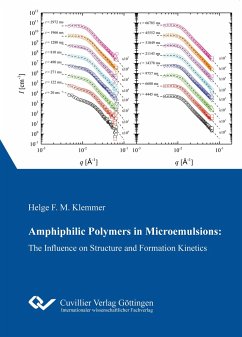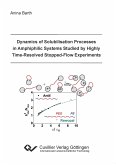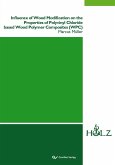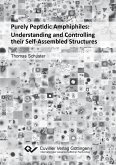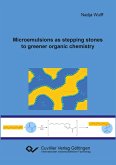Microemulsions are thermodynamically stable, macroscopically isotropic, nano structured mixtures of at least three components. They excel due to their multifarious nanostructure and ultra low interfacial tension which goes hand in hand with a high solubilisation capacity. Despite their obviously high application potential, they are not appealing for industry, as their formation requires compared to marco emulsions high surfactant loads. About 15 years ago it was found that the solubilization capacity can be strongly increased by the addition of amphiphilic block copolymers. In this thesis the effect of polymers of the structure motive poly(ethylenebutylene) poly(ethyleneoxide) (PEBx PEOy) on oil rich microemulsions and in particular the closed loop was studied. Surprisingly, it was found that the closed loop diminishes through the addition of polymers. Thus, although the polymer increases the solubilization capacity of surfactants strongly, the phase behaviour in the oil rich part of the phase diagram resembles that of microemulsions containing inefficient short-chain surfactants like C6E2. An essential drawback of the polymer addition is the stabilization of various mesophases that cover large parts of the phase space. In this thesis prove was given that newly derived so called tapered diblock copolymers increase the efficiency significantly, while simultaneously suppressing the formation of lamellar phases. Parallel to the elucidation of the influence of amphiphilic polymers on the equilibrium properties of microemulsions, the structural formation kinetics of oil-rich non-ionic microemulsions and the influence of amphiphilic polymers thereupon were studied. Therefore an ultra-fast stopped flow setup was upgraded with the possibility to monitor the formation of microemulsions by transmitted light, scattered light and small angle scattering. Utilizing time resolved small angle neutron scattering measurements it was found that after already 20 ms the microstructure (water in oil micelles) exists and undergoes and aspect ratio change to more elongated micelles resulting in the final microstructure. Detailed analysis of the scattering data revealed that the addition of amphiphilic polymers increases the nevertheless still very fast formation times. Though not all trends observed in neutron scattering could be detected by transmitted and scattered light, in general they confirmed the observed phenomena and formation rates.

